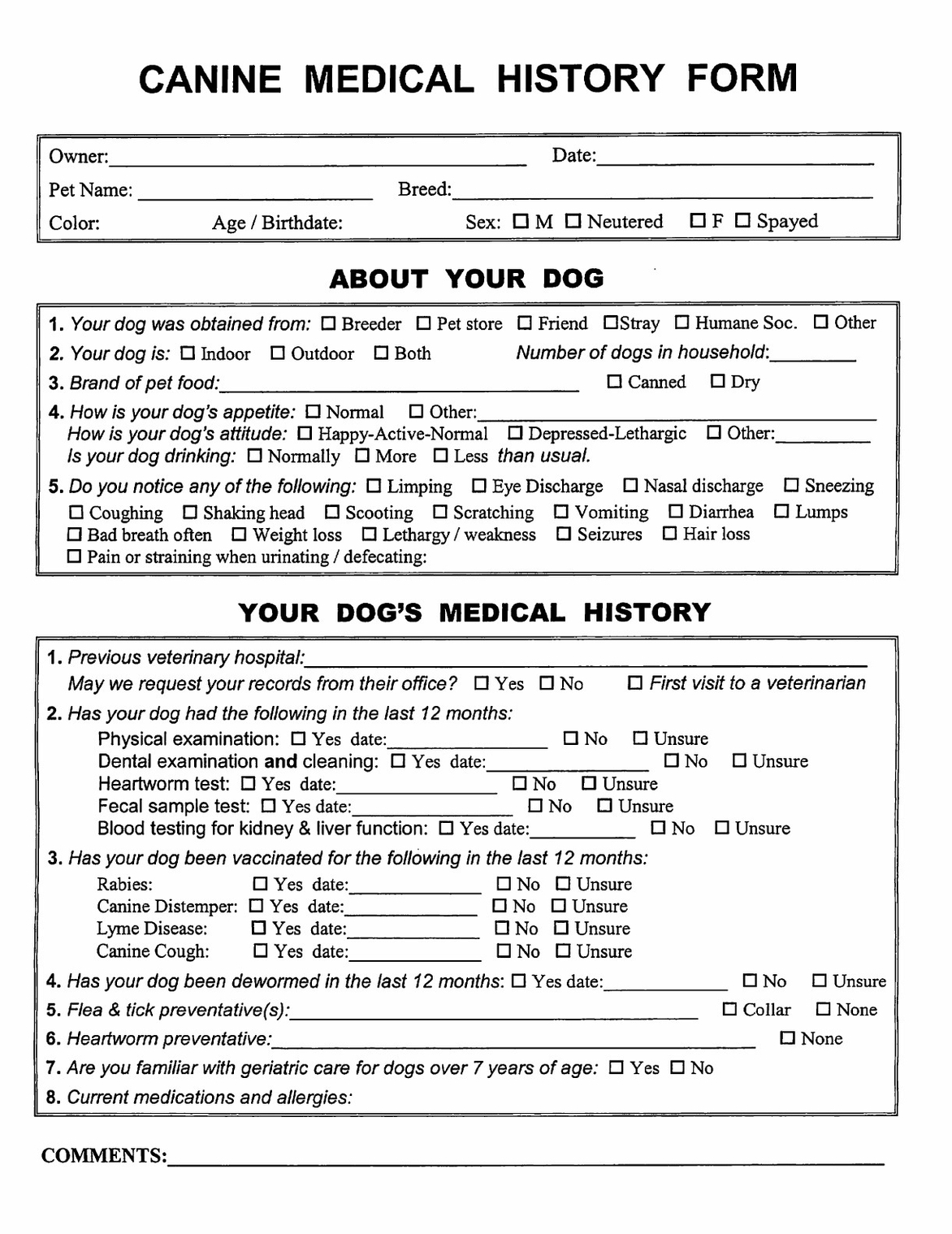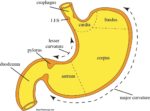A Canine Medical History Form is a comprehensive document that records a dog’s health and medical information. It serves as a vital tool for veterinarians, pet owners, and animal clinics to monitor a pet’s health status and provide appropriate care. Here’s a detailed breakdown of the components typically found in a Canine Medical History Form:
1. Owner Information: This section includes the owner’s name, address, and contact details.
2. Pet Information: This part records the dog’s name, breed, age, weight, color, and sex. It also notes whether the dog is neutered or spayed.
3. Vaccination Records: This section lists the vaccinations the dog has received, along with the dates of administration. Common vaccines include Rabies, Bordatella, DHPP, Lepto, Lyme, and Influenza.
4. Medical History: This crucial section records any major illnesses, surgeries, and treatments the dog has undergone. It includes the date, description, diagnosis, tests performed, test results, actions taken, medications administered, and any additional comments.
5. Current Medications: This part lists all the medications and treatments the dog is currently receiving, including heartworm and flea preventatives, dietary supplements, and herbal/homeopathic treatments.
6. Known Allergies or Medical Conditions: Any known allergies or medical conditions the dog has are recorded here.
7. Household Information: This section provides information about the people living in the household and their relationship with the pet. It also includes details about the type of house and neighborhood.
8. Other Pets in Household: Information about other pets in the household, including their species, breed, sex, and whether they are spayed or neutered, is recorded here.
9. Acquisition Information: This section records details about when and where the dog was acquired, the behavior of the dog’s parents/littermates (if known), and the reasons for acquiring the dog.
10. Daily Activities and Routine: This part includes information about the dog’s feeding and sleeping habits, exercise routines, and any behavioral observations.
The Canine Medical History Form is a valuable resource for tracking a dog’s health over time. It helps veterinarians make informed decisions about treatment and can be crucial in emergency situations. For pet owners, it serves as a handy reference for their pet’s health history and can be useful when changing vets or traveling with their pet. It’s important to keep this form updated with the most recent information to ensure the best possible care for the pet.



